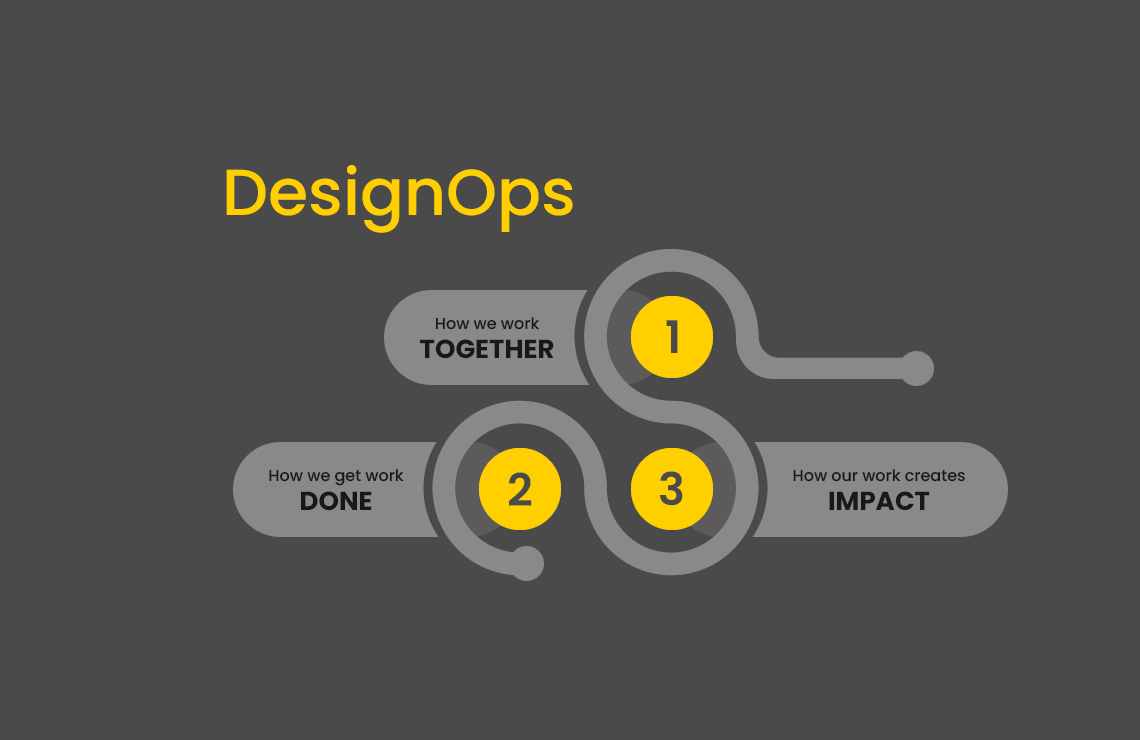
DesignOps at Mockup Machine
What is DesignOps? How do you implement DesignOps? What are potential focus areas for DesignOps practices?
DesignOps, a mixture of design and operations is quite fashionable these days. It’s something of special importance. Just because organizations acknowledge and embrace the significance of UX and design so much, not discussing DesignOps practices is out of the question. But before you chew over its significance, you must talk about what exactly is DesignOps and what it means for you as a UX professional.
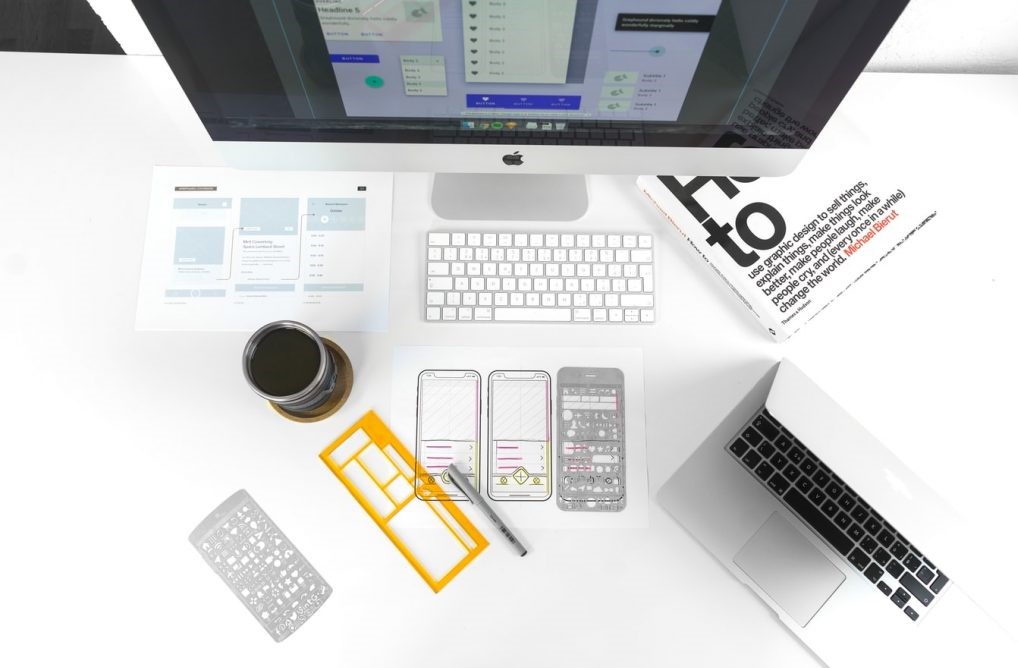
Basic Principles & Concepts of DesignOps
We believe that teamwork helps solve difficult problems. You can deploy the work faster and make an impact in the eyes of the clients.
So, with DesignOps:
- You can classify your work better. Distribute design-related tasks amongst the team list, finding the right skillsets for them, etc.
- You can focus on design quality by using the right toolsets and incorporate strategies. Make repositories to synchronize the design team and make research material available to everyone. It uncovers blockage in the design workflow, exhibits the team’s capacity, and helps hierarchize projects.
- You can well-study the design quality and set a bar.
As said earlier, companies have started to invest in UX. They feel the need to implement the workflow, amplify hiring, the association between design units, and some extra help required so the designers focus solely on design while someone else takes care of the rest.
DesignOps practices can help companies to put their best foot forward.

Modern product development is demanding. Users ask for software that is friendly, bug-free, secure to an extent. The amount of people and roles that go into designing a strong product is extraordinary. It is evident that in order to pull off such a modern product, everyone needs to stay at the top of their games.
If observed closely, it is the designers who are creating more elaborative content for you. But, a certain lack of association is witnessed among those who are supposed to work not for one but several teams. So adopting DesignOps practices can help fill the gap in organizations.
DesignOps applies to you if you care for user-oriented and helpful designs. It also suits anyone else contributing to the consumer experience; user research, content strategists, UX designers, user researchers, visual designers, communication designers, service designers, etc.

Four Pillars of DesignOps
DesignOps practices center on four pillars:
- Design Process
- Team Coordination
- Design Tools
- Design Culture
Let’s study this foursome in-depth.
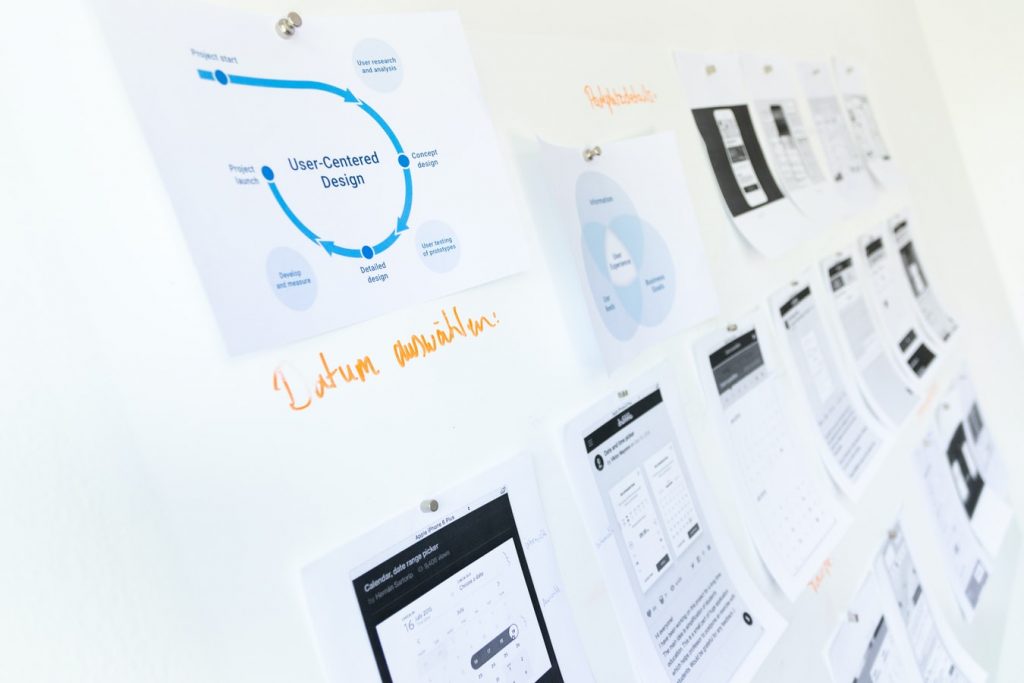
Design process
You research any problem that may arise here:
- Find out if there exists any fragility in the process.
- Survey your team members to find it out. Ask them questions.
- You can interview design partners too to understand their design frustrations.
- Hone your designer’s day-to-day operations.
- Figure out how to ensure success. DesignOps practices assure the quality of designs.
- Formulate a clear scheme of design delivery.
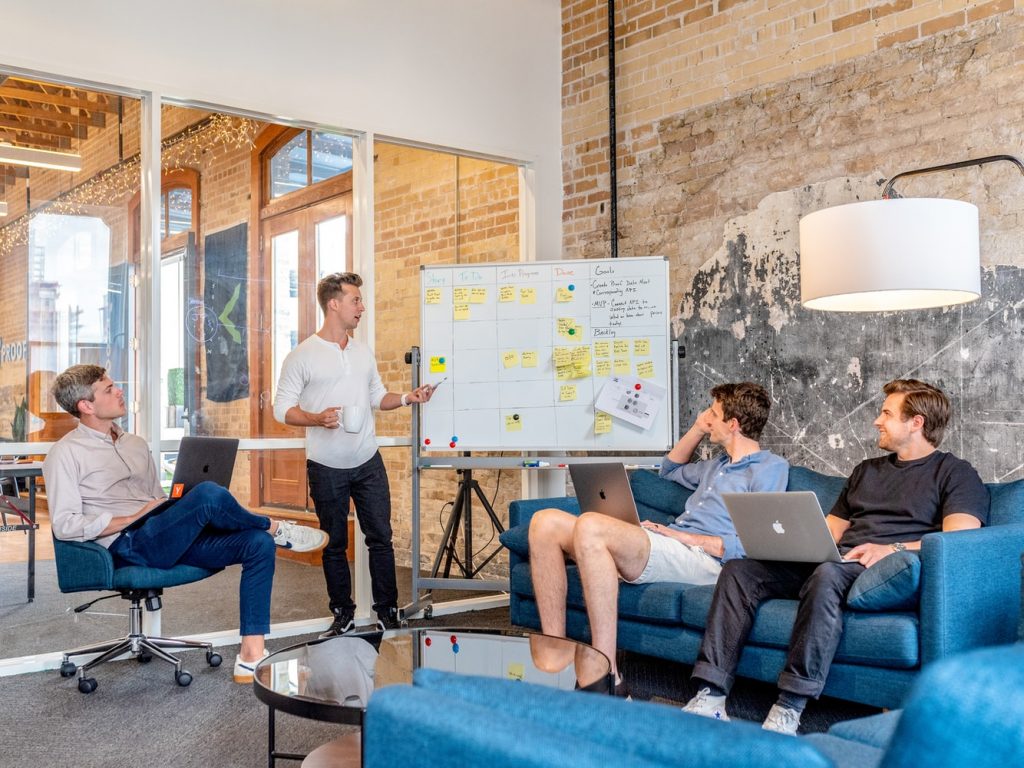
Team Coordination
“Alone, we can do so little; together we can do so much.”
The DesignOps pillar focuses on:
- Budgeting & Estimation: Learning the right costs is crucial.
- Recruitment: Hiring the right resource for the right project. DesignOps can augment the process of finding the right talent for you.
- Freedom: Giving designers the liberty to focus solely on their design work. Their involvement in budgeting and hiring isn’t important.
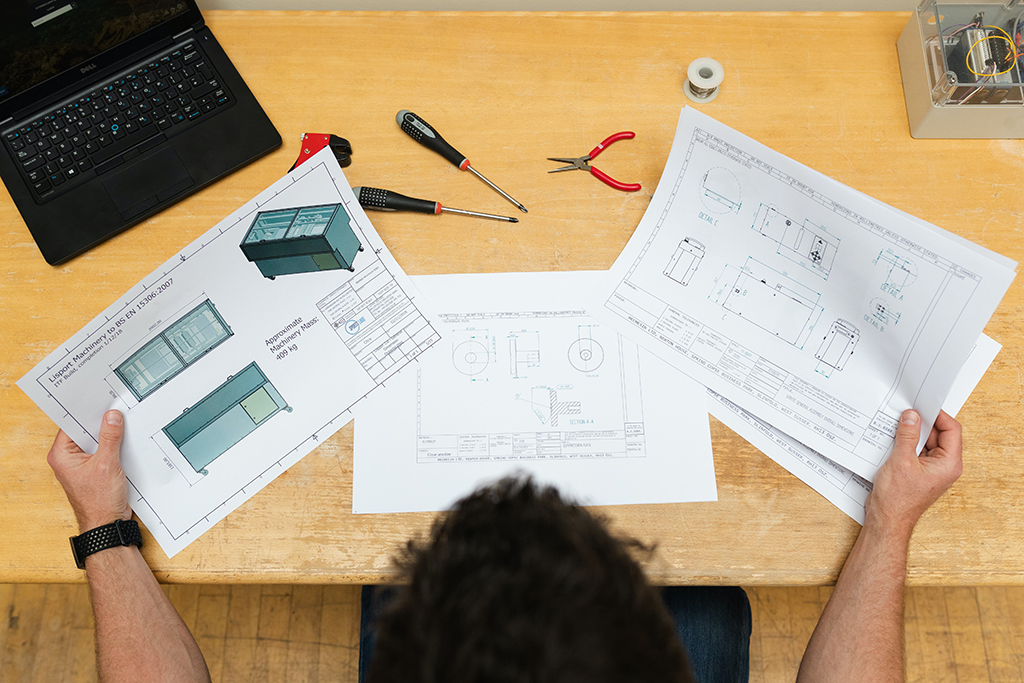
Design Tools
This one’s very simple. You just have to discover some tools that work best with your project. There are several tools available on the internet for you.

Design Culture
Design culture is a rich phrase — seldom used, barely understood. Sound like companies claim to embrace it, but few even realize what it is.
“Design culture is about rediscovering the human side of the business.”
- Understanding that the decisions are made mutually
- Applying deep thinking
- Giving designers the freedom to take risks and even fail
- Figuring out what they are missing and fixing it
- Reducing turnovers by defining a DesignOps culture
- Accountability
- Allowing them to socialize
- Initiating strong cross-functional partnerships
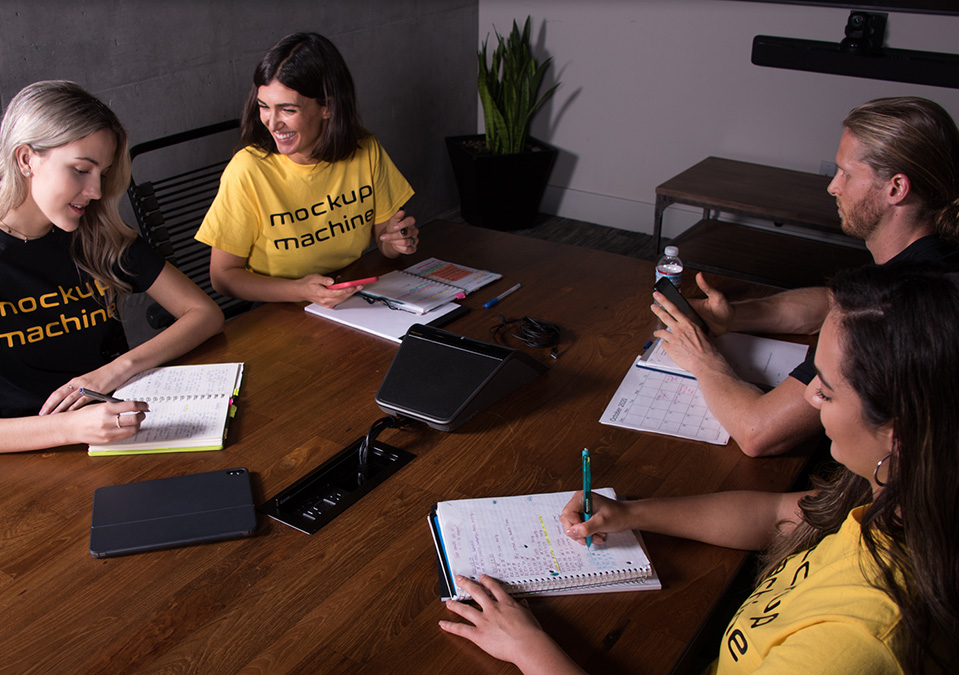
Do you want to balance and expand your design process? Incorporate DesignOps practices in your company not only for a structural change but as a cultural shift too.
Mockup Machine is a place where the designers, engineers, researchers, and other team members work in close collaboration during the design process. And our DesignOps team makes it happen.
Are you wondering who does DesignOps at Mockup Machine? In more sophisticated manners, basic DesignOps roles are:
- UX engineers: the design gurus
- UX producers: manage detailed plans for the design team
- UX program managers: the design project leaders
- ResearchOps specialists: do user research, supervise search-request pipeline, manage an inventory, manage research tools, spaces, and equipment
As you already know, we have DevOps incorporated as a culture and structure at Mockup Machine. The DesignOps movement is introduced due to the DevOps success with a mission to fill any gaps between the design and operations teams.
As we continue to emerge as an organization, we aim to enter into a world where service is easily accessible, clients can easily locate, and UI/UX designs are quick to create, and the project is easy to deploy.
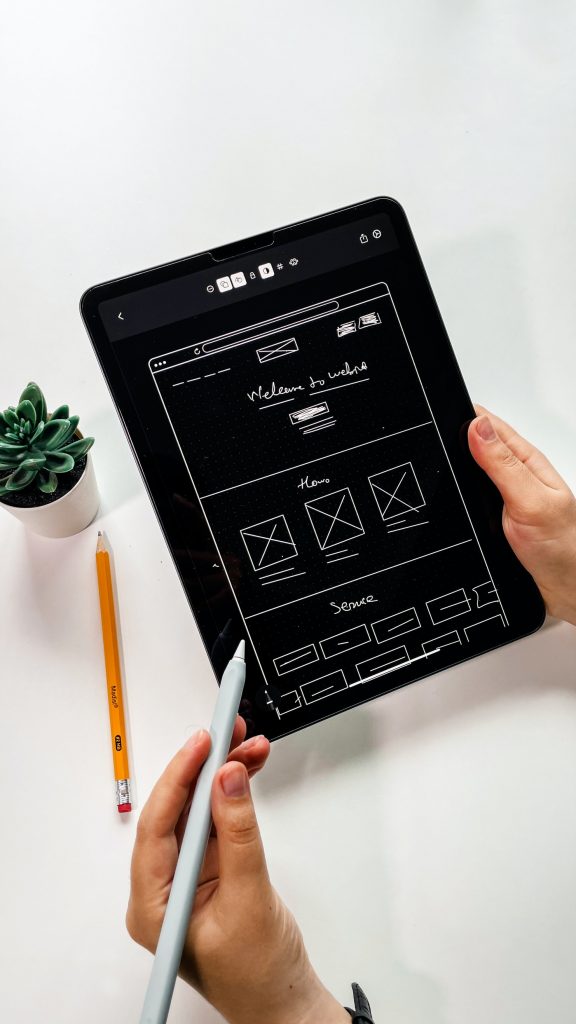
DesignOps: Top Questions Answered
We know you have so many questions in your mind, we are going to answer those.
Let’s crush this!
1- How do I get into DesignOps?
You already have a design process in your office, right? So you need to identify first what’s wrong with it. To keep everybody on the same page, Take input from each team member. Shared understanding is something they need to stay motivated on the goal.
Implement DesignOps practices on one particular project, to begin with. Either company-level or project-level. Make sure you hire the best DesignOps individuals to get started.
2- What does a DesignOps manager do?
A DesignOps manager optimizes your current design processes, including your design team to speedify the design’s impact. Typically, the role looks like this:
- Designing
- Planning
- Managing the design processes
- Taking care of operations
- Handling business process
- Resource allocation
- Logistics in the design team
3- How do you manage a design team?
- Find the loopholes with them. Never act like you’re the only sensible person around.
- Help them bring out the passion hidden in them.
- Keep them engaged and interested.
- Let them take design risks, but don’t let them go too far for it.
- Sometimes someone’s creativity becomes a problem, so teach them to perfectly handle it.
- Define both their current roles and future growth.
- Never over-react but stay patient all the time.
4- How do you implement DesignOps?
Here is the menu for you:
- Construct & structure your design squad
- Effective communication is the key
- Hire design experts
- Manage system workflow
- Make the right designing decisions
- Become a social butterfly
- You’re good to go!
5- Why now?
The answer is simple! The design requirements are growing and the teams are expanding. There is complexity now: multi-office work, work from home, and distributed teams are growing.
